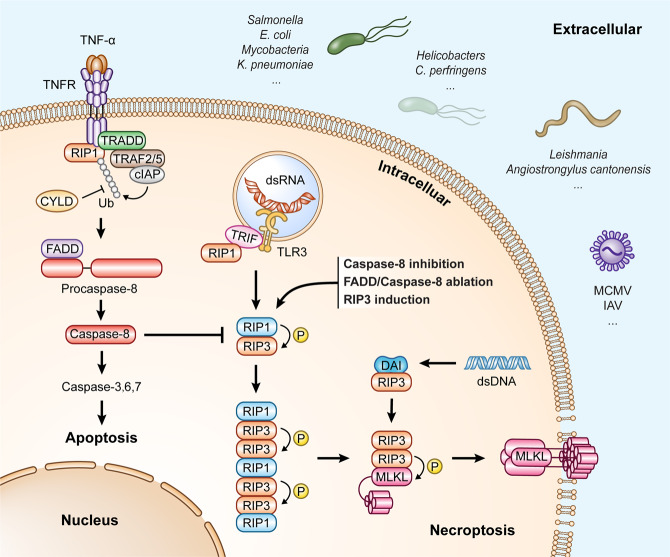Fig. 2. Regulation of cell apoptosis and necroptosis.
Various stimuli, including the TLRs, IFN, death ligands, and pathogenic infections (Viruses, Bacteria, and Parasites), can induce cell death in necroptosis. TNF engages with its receptor and induces cell apoptosis by inhibiting cIAP or deubiquitination of RIP1 by cylindromatosis (CYLD). Instead, inhibition of FADD or caspase-8 can sensitize the cells to undergo necroptosis. Microbial infections can also initiate necroptosis via activation of the receptor-interacting protein kinase 1 (RIP1) and RIP3 complex. Further phosphorylation of MLKL by RIP3 can induce the oligomerization and translocation of MLKL to the membrane, eventually causing cell death. Besides the RIP1-RIP3-MLKL dependent-necroptosis, some RHIM-containing factors like TRIF and IFN-regulatory factors (DAI, also known as ZBP1) mediate the noncanonical necroptosis without the involvement of RIP1. TLRs Toll-like receptors, IFN interferon, FADD Fas-associated protein with death-domain, MLKL mixed lineage kinase domain-like, RHIM RIP homology interaction motifs (RHIM), ZBP1 Z-DNA-binding protein 1.

